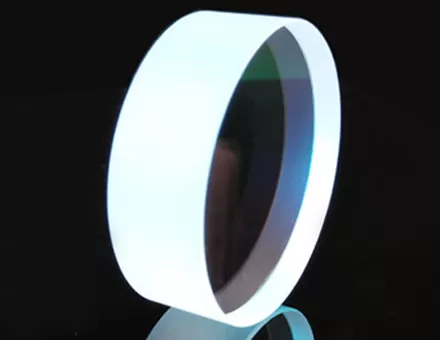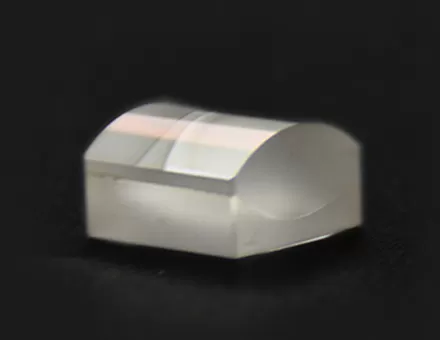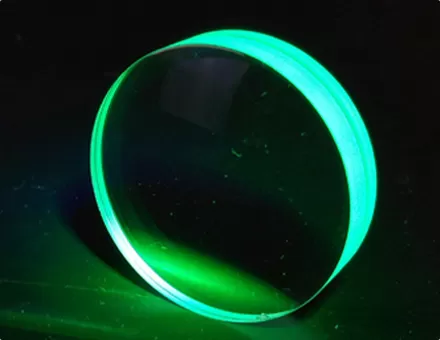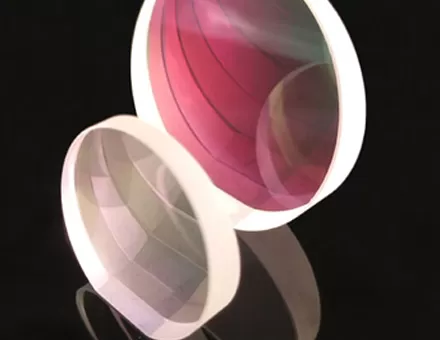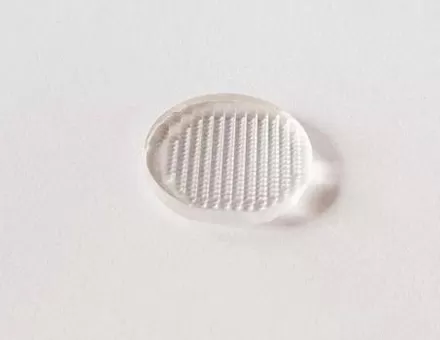The concave lens, also known as a negative spherical lens, has a thin center and thick edges, shaping like a concave. Therefore, it is also called a concave lens. The concave lens has a dispersing effect on light. It is commonly used in myopia glasses and comes in various forms, such as biconcave, plano-concave, and meniscus.
Principle of the double concave lens
Its geometric drawing for imaging is the same as that of the convex lens. Two lines are drawn from the top of the object: one parallel to the principal axis, deflected into a divergent ray after passing through the concave lens, and then returned to the focus in the opposite direction; the other passes through the optical center of the lens. These two lines intersect at a point called the image of the object. The object is imaged as an upright, reduced, and virtual image by the concave lens, and the object and the image are on the same side of the lens.
Rules for Imaging with the double concave lens
When the object is real, the image is virtual, upright, and reduced. Their relative position is on the same side of the concave lens. When the object is virtual, and the distance between the object and the concave lens is less than one focal length, the image is a real, upright, and magnified image, and the object and the image are still on the same side of the concave lens. When the distance is one focal length, the image is at infinity. When the distance is between two and three times of the focal length, the image is a virtual and inverted image on the other side of the concave lens. The situation of thick concave lenses is more complicated. When they are thick enough, they can become Galileo telescopes, and when they are thicker, they can even become convex lenses.
The dispersion effect of the double concave lens
The virtual image formed by the concave lens is on the other side of the lens when it is large, and on the same side of the lens when it is of the same size as the object. When the distance between the object and the concave lens is twice the focal length, the image and object are on the opposite side of the lens, and the image is reduced and inverted. The concave lens is also known as a diverging lens due to its ability to disperse light. Its focal length is negative, making it a negative lens. The imaging formula and the magnification formula are the same as those for convex lenses in the case of thin concave lenses.
Applications of the double concave lens
The biconcave, plano-concave, and meniscus lenses are all types of concave lenses. The line connecting the centers of curvature of the two curved surfaces is called the principal axis, and the point O at the center is called the optical center. The light rays passing through the optical center do not refract. The parallel rays passing through the double concave lens are refracted and diverge in all directions. The opposite extension line passes through a point F, which is the virtual focus point, located on the same side as the light source. There are two virtual focus points on either side of the lens. The concave lens is mainly used to correct myopia by forming a virtual image that is upright and scaled down, making the image distance longer and falling directly on the retina.


















 EN
EN

